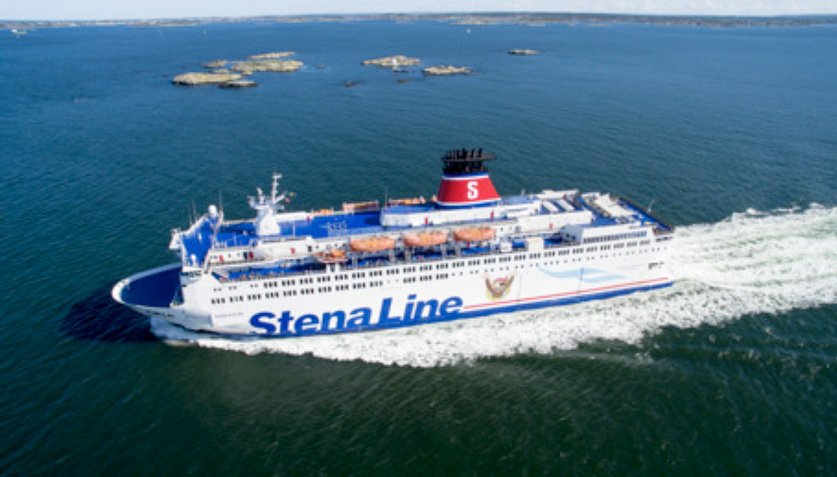These are passenger-carrying vessels that link islands with the mainland or they link ports across a sea or gulf. Examples of these are the passenger-carrying vessels that link Britain with France (across the English Channel or Straits of Dover) or with other European ports across the North Sea.
Dozens of ferries operate among the Greek islands, and other Mediterranean islands, while New Zealand ferries link the North Island and South Island. Others cross the Bass Straits between Melbourne (Australia) to Tasmania, the island to the south of Australia. In the islands off south-est Asia, Philippines, Japan, and in the Pacific island groups, numerous ferries are used; some of these are quite large while others are relatively small.
Many passenger ferries also have a ro-ro capacity so that they can also carry vehicles. Via a ramp in the bow, the vehicles are driven onto the ferry’s vehicle deck(s) and are secured for the voyage. At the destination, the vehicles are driven off the ferry via a ramp in the stern.
Some ferries are designed to carry a number of trucks and have facilities aboard for the truck drivers during the voyage.

The 159-metre combi ferry Stena Danica that carries passengers and vehicles between Goteborg (Sweden) and Frederickshaven (Denmark) Photograph : Stena Line


